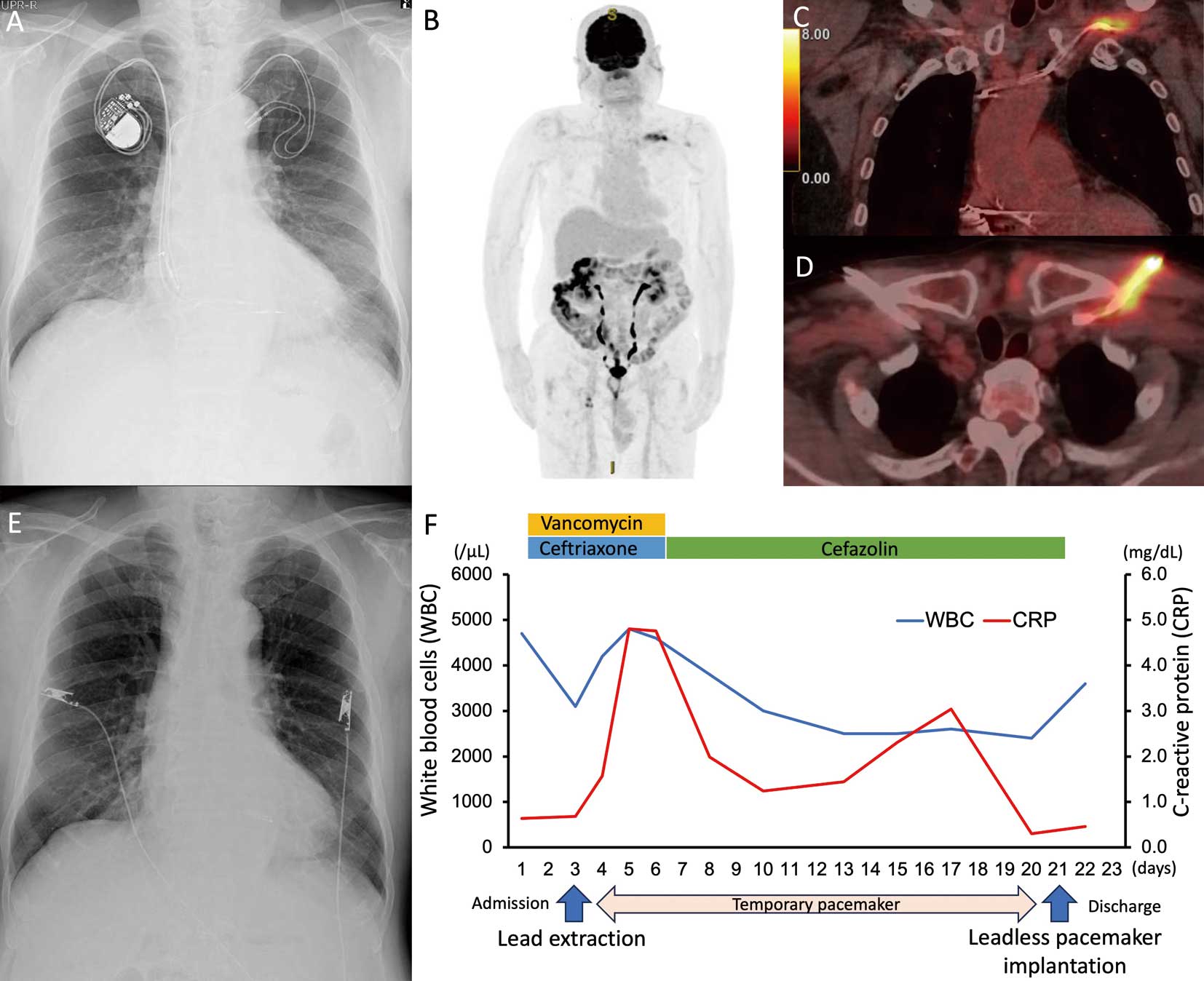- J-STAGEトップ
- /
- Circulation Journal
- /
- 早期公開
- /
- 書誌
- /
- 全文
-
Yuya Tanabe
Department of Cardiovascular Medicine, Chiba University Graduate School of Medicine [日本]
-
Ryohei Ono
責任著者
Department of Cardiovascular Medicine, Chiba University Graduate School of Medicine [日本]
-
Hirotoshi Kato
Department of Cardiovascular Medicine, Chiba University Graduate School of Medicine [日本]
-
Ken Kato
Department of Cardiovascular Medicine, Chiba University Graduate School of Medicine [日本]
-
Takatsugu Kajiyama
Department of Cardiovascular Medicine, Chiba University Graduate School of Medicine [日本]
-
Yusuke Kondo
Department of Cardiovascular Medicine, Chiba University Graduate School of Medicine [日本]
-
Yoshio Kobayashi
Department of Cardiovascular Medicine, Chiba University Graduate School of Medicine [日本]
論文ID: CJ-24-0119
- Published: 2024/04/06 Received: 2024/02/12 Available on J-STAGE: - Accepted: 2024/03/17 Advance online publication: 2024/04/06 Revised: 2024/03/11
(EndNote、Reference Manager、ProCite、RefWorksとの互換性あり)
(BibDesk、LaTeXとの互換性あり)

